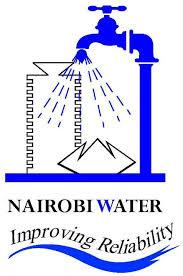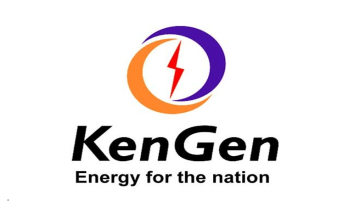
The Upper Tana-Nairobi Water Fund Trust: Innovation at the nexus of conservation, food, water, energy and business

The Tana River supplies 95 percent of the water for Nairobi’s 4 million residents, and for another 5 million people living in the watershed. It also feeds one of the country’s most important agricultural areas and provides half of the country’s hydropower output. The Upper Tana-Nairobi Water Fund (UTNWF) is a public-private partnership that was established to address complex challenges in the critical Tana river catchment system including the impacts of climate change and unsustainable farming practices.
The primary goal of the UTNWF Trust is to help protect and restore the quality and supply of water to one of Kenya’s most productive and economically important regions. The fund’s business case study showed that a $10 million USD investment in water fund-led conservation interventions is likely to return $21.5 million USD in economic benefits over a 30-year timeframe.
Impacts
The water fund partners are providing the skills, training and resources to capacitate farmers in reducing soil erosion, conserving water, and improving productivity. The fund focuses on the most at-risk areas of the watershed and helps farmers take simple steps to increase water and food security. Strategies include vegetated buffer zones along river banks, terracing, agroforestry, reforestation, water harvesting and more. In six years, the water fund has generated a wide range of benefits for the region:
- 26,474 farmers are applying soil conservation and water-saving measures
- 8,500 coffee farmers have achieved Rainforest Alliance certification
- 1.4 million trees have been planted
- 15,000 hectares of land are under sustainable management.
- 28 automated river gauging stations became automated
- 37,464 farmers enrolled in a mobile data monitoring platform
- 2,200 people and 8,000 livestock have year-round access to reliable water from two communal water pans
- 800 million litres of water are harvested annually in water pans in the watershed
- 100 biogas digesters were installed for high-performing farmers
- Various local partnerships have formed with NGOs and expert institutions to strengthen the impact of the fund.

















